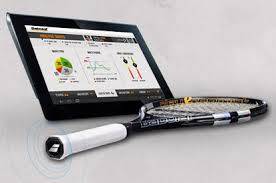

Big data has potential to change face of sports
According to CIO, data analysts can potentially look at everything from baseball strike zones to players’ heart rates to fan experiences to enhance various facets of sports. For instance, Sportvision, a company that has many big data sports ventures, recently developed a way to accurately track baseball pitches, making it easier for umpires to more accurately call a pitch as a ball or strike and harder for players to cheat the system. Other analysis tools can be used to measure players’ vital signs, which can give teams the ability to spot weaknesses and tweak training for better outcomes.
Hockey officials slow to get on board
TSN Sports’ Scott Cullen reported that a recent sports analytics conference in Boston touched on some of the issues surrounding the use of big data. Hockey seems to be the weak link, according to Cullen. He pointed out that those teams that use data to analyze goal chances often only look at their own statistics rather than at the league as a whole, which would provide better insight. Examining only one club’s data limits the ability to make changes that will improve playing ability. If a team knows going into a game that a certain player has a habit of only attempting goals on the left side of the net, the goaltender can adjust his strategy to counter these efforts.
Youth sports embrace data analytics too
Data analysis isn’t just for professionals, either. Dell’s Tech Page One indicated that big data can be used to evaluate youth players’ stats, from their speed to scoring ability. Young athletes can see how they measure up against the competition locally and nationally, giving them incentive to work harder and a clear idea of what skills they need to work on the most.
“I think it’s important with any youth sports program; you have to consider the overall impact of the rankings,” Jay Baker, president of a company that handles youth sports data, told Tech Page One. “What is best for the player and the development of a lifelong participation in a sport?”